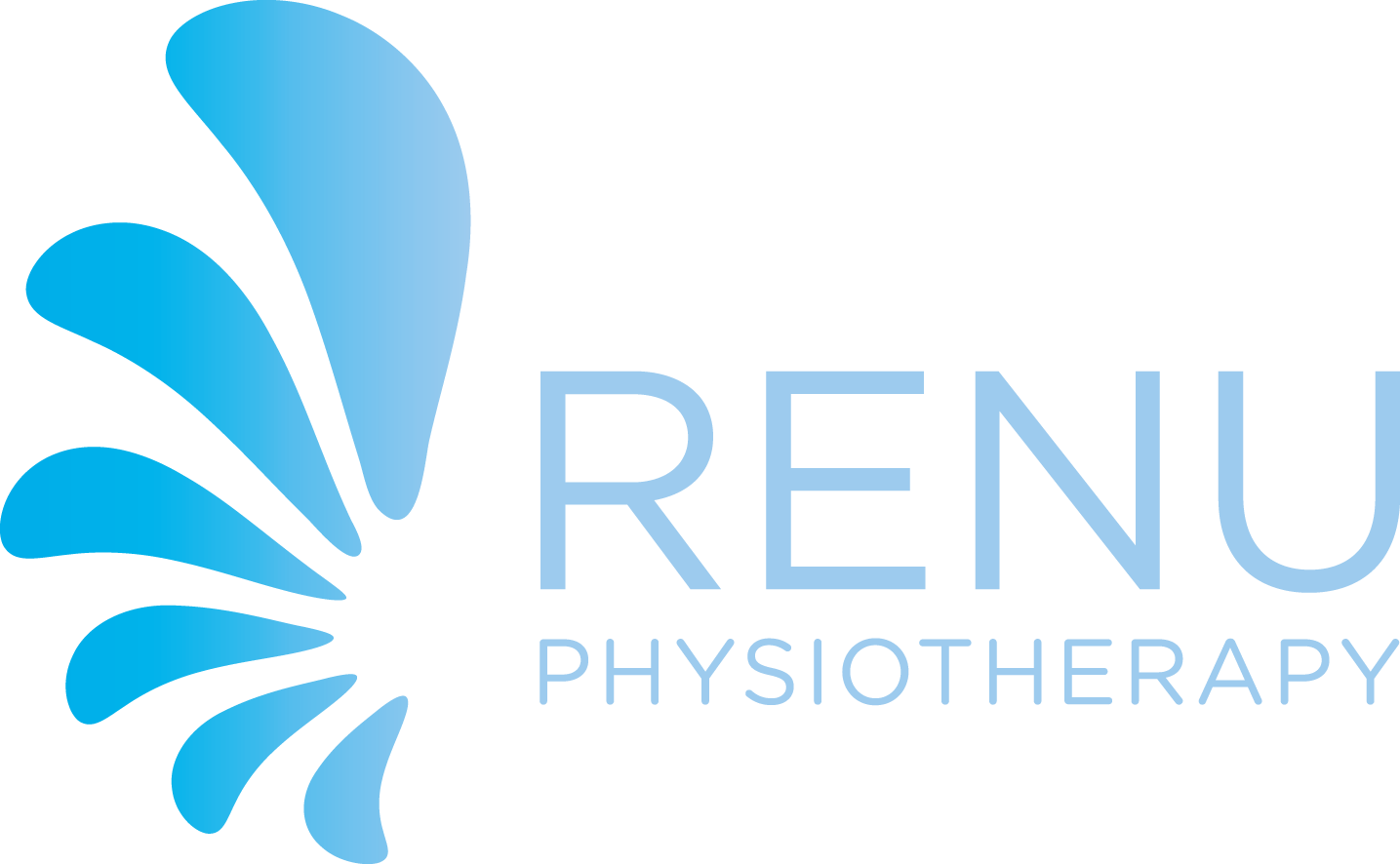Tendons and Triathlons
This month’s weather notwithstanding it has been great to see so many people out running, walking, cycling and swimming on the early mornings. I have been loving getting out the countryside for long runs and packing up the wetsuit for early morning swims. We are getting into high season for triathlon with exciting and challenging events for athletes happening all across the country.
With our local King of Greystones event at the end of July, it might be a nice time to build some knowledge on a common issue that crops up, and how it can be managed.
Tendinopathy or tendon related overuse injuries
Overuse injuries of the lower limbs are commonly reported in short course triathletes (Guevara et al, 2023). And of these, tendon overuse issues can make up a significant proportion.
Tendons are the portion of tissue that connect muscle to bone. They have the ability to transmit large forces from muscle to bone and to produce movement as well as absorb outside forces. There are different types, shapes and sizes of tendons in different body areas and tendons can adapt to mechanical loads that are placed on them.
What types of tendon problems do we see in physiotherapy?
Some common tendon related problems that runners may experience and look for guidance on include:
-Proximal hamstring tendinopathy - which can present as pain at the top of the hamstring near the buttock.
-Gluteal tendinopathy which could be felt on the outside aspect of the hip.
-Achilles tendinopathy which can present as pain close to the back of the heel or in the mid section of the achilles tendon.
Swimming related shoulder pain is another common occurrence and in some cases this may be related to the rotator cuff tendons at the shoulder.
Sometimes it can be hard to know where pain might be coming from and if in doubt seek advice from a Chartered Physiotherapist or your local GP if you feel you may need further support or guidance.
How do we treat tendon pain?
Tendon pain can take some time to settle and often a multifactorial and holistic approach is required to keep symptoms under control. Treatment examples range from changes in training, review of footwear and sporting technique, and review of lifestyle factors to name but a few.
At the forefront of treatment in an overuse tendon injury is a structured and progressive plan to increase the capacity of the tendon to tolerate load and this usually involves a strengthening plan that is suited to the needs and level of each individual.
When we see tendon issues in a clinic setting we often need to consider the capacity of the tendon “ how much load can it cope with, versus the demand “how much load is being placed on the tendon” . There are different types of load that might impact on a tendon that need to be considered also.
If you feel your training or performance is being impacted by niggling issues that could be tendon related, seek advice early and take those first steps on the road to recovery.


